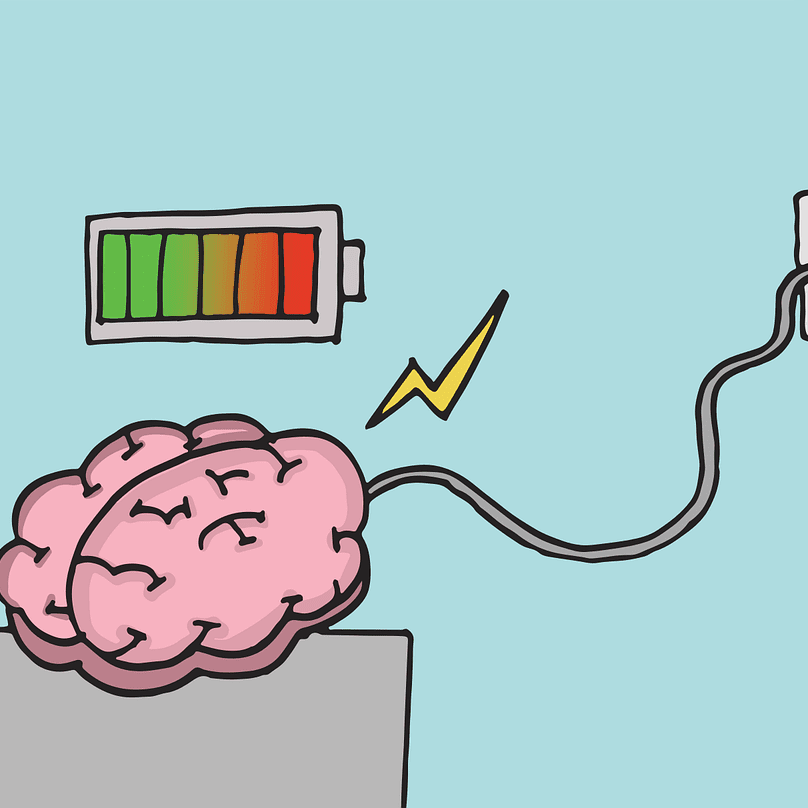Introduction
Energy drinks are extremely popular among both adults and adolescents. In fact, 41% of adolescents in the US report consuming an energy drink in the past three months (1). Many of these products are marketed as having performance-enhancing benefits. As such, they often appeal to athletes looking for a competitive edge. However, do energy drinks truly enhance performance and are they safe to consume? In this article, we’ll explore the following questions:
- How do energy drinks work?
- Can energy drinks be harmful?
- What healthier drink options exist?
What are Energy Drinks?
Energy drinks contain stimulant compounds like caffeine to provide the user with energy. While many of these products contain added sugars (i.e. Red Bull and Monster), others do not (i.e. Ghost Energy and PRIME Energy). However, just because a drink does not contain added sugars does not mean it is a healthy choice for your child. The caffeine contents of many widely available energy drinks are included below. For reference, a cup of coffee contains ~95mg of caffeine (2).
| Caffeine Contents of Commonly Available Energy Drinks | |
| Name of energy drink | Caffeine contents per 12oz of drink* |
| Red Bull | 108 mg |
| Monster Energy | 123 mg |
| Rockstar Energy | 123 mg |
| NOS | 127 mg |
| Ghost Energy | 150 mg |
| Zoa Energy | 160 mg |
| PRIME Energy | 200 mg |
| Celsius | 200 mg |
| *Volumes standardized for comparison. Actual can sizes may vary. | |
How Caffeine Works
Caffeine works primarily through blocking adenosine receptors in the brain (3). This can make us feel energized and even result in short-term performance benefits. However, caffeine does not provide our bodies with fuel or nutrients. Instead, it blocks our brain from processing fatigue. To improve long-term performance, proper pre-workout nutrition and adequate sleep are essential. See our previous article here [this will be a hyperlink] for a discussion on fueling for physical activity.
Caffeine can also negatively impact long term performance by worsening sleep. Our bodies need a long time to process caffeine. On average, it takes our bodies 5-hours to process half the caffeine we consume (4). This means that if you consume an energy drink at 2:30 PM, the caffeine will still be affecting you at midnight. This can contribute to sleep disturbances and impair recovery.
Energy Drinks and Health
Caffeine consumption can result in several adverse effects including:
- 402% greater risk of experiencing insomnia (5).
- Greater symptoms of depression among adolescents (6).
- May increase blood pressure in children even at low dosages (7).
Currently, caffeine is not proven to be safe for children and adolescents. As such, it is best for children and adolescents to avoid caffeine consumption. Below are the current recommendations from governing bodies on caffeine consumption for children:
- The US Department of Agriculture (USDA) has not set a caffeine threshold under which consumption is safe for children.
- Health Canada recommends a limit of 2.5mg per kilogram per day (or ~1.1mg per pound per day) for those under 18-years of age (8).
Healthier Drink Options
Healthier drink options are outlined in the USDA’s smart snacking guidelines (9). These guidelines dictate which drinks school cafeterias may offer. Parents can contact their child’s school for specific food and drink offerings. These guidelines emphasize drinks which are low sugar and do not contain stimulants. Many of the drinks also provide important vitamins and minerals. These options can include:
- Unsweetened still or carbonated waters
- Unflavored or flavored non-fat milk
- Unflavored low-fat milk
- 100% fruit or vegetable juice without added sweeteners
Additional Resources
1. New Hampshire Academy of Nutrition and Dietetics (NHAND) Website
References
1. Miller KE, Dermen KH, Lucke JF. Caffeinated Energy Drink Use by U.S. Adolescents Aged 13-17: A National Profile. Psychol Addict Behav. 2018;32(6):647-659. doi:10.1037/adb0000389
2. U.S. Department of Agriculture (USDA), Agricultural Research Service. FoodData Central: USDA Global Branded Food Products Database. Version Current: April 2023. Internet: fdc.nal.usda.gov.
3. Cappelletti S, Daria P, Sani G, Aromatario M. Caffeine: Cognitive and Physical Performance Enhancer or Psychoactive Drug? Curr Neuropharmacol. 2015;13(1):71-88. doi:10.2174/1570159X13666141210215655
4. Pharmacology of Caffeine – Caffeine for the Sustainment of Mental Task Performance – NCBI Bookshelf. Accessed April 29, 2024. https://www.ncbi.nlm.nih.gov/books/NBK223808/
5. Nadeem IM, Shanmugaraj A, Sakha S, Horner NS, Ayeni OR, Khan M. Energy Drinks and Their Adverse Health Effects: A Systematic Review and Meta-analysis. Sports Health. 2020;13(3):265-277. doi:10.1177/1941738120949181
6. Jin MJ, Yoon CH, Ko HJ, et al. The Relationship of Caffeine Intake with Depression, Anxiety, Stress, and Sleep in Korean Adolescents. Korean J Fam Med. 2016;37(2):111-116. doi:10.4082/kjfm.2016.37.2.111
7. Wikoff D, Welsh BT, Henderson R, et al. Systematic review of the potential adverse effects of caffeine consumption in healthy adults, pregnant women, adolescents, and children. Food Chem Toxicol. 2017;109(Pt 1):585-648. doi:10.1016/j.fct.2017.04.002
8. Nawrot P, Jordan S, Eastwood J, Rotstein J, Hugenholtz A, Feeley M. Effects of caffeine on human health. Food Addit Contam. 2003;20(1):1-30. doi:10.1080/0265203021000007840
9. A Guide to Smart Snacks in School | Food and Nutrition Service. Accessed February 20, 2024. https://www.fns.usda.gov/tn/guide-smart-snacks-school
About the author: Jake Pottle recently completed his M.S. in Nutritional Sciences at the University of New Hampshire. He also completed his dietetic internship through UNH, working in acute care, community, and food service settings. He has been a research assistant in a nutrition epidemiology lab since 2021. His projects have ranged from the estimation of polyphenol consumption in the US to surveying and reporting seafood availability throughout New Hampshire.

